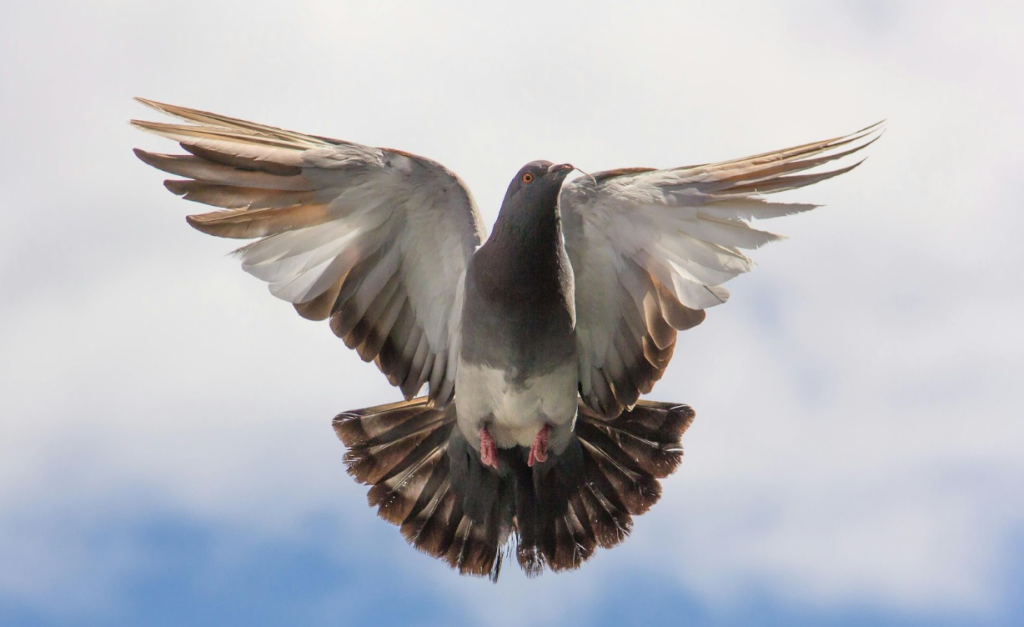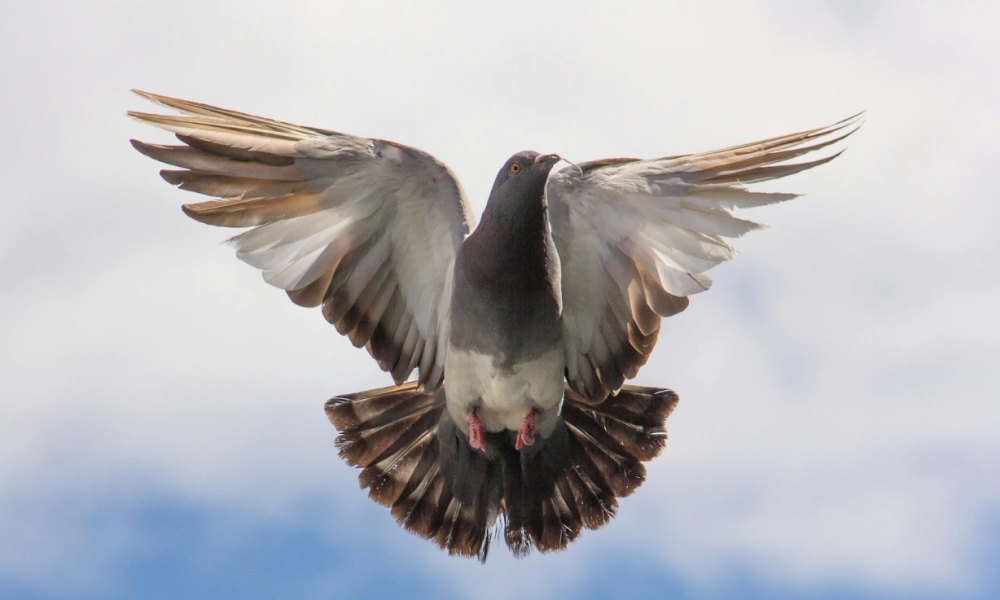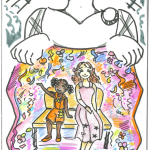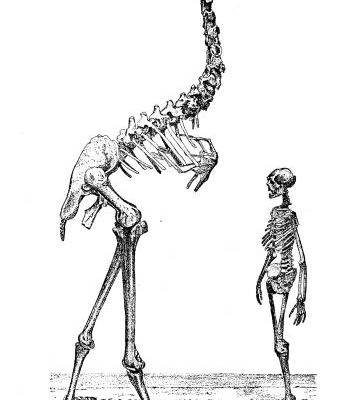Feral Rock Doves: pet or pest?
If you live in Boston, you are bound to come across pigeons. Known to be a nasty nuisance by many, pigeons and their poop can be found on almost every city block. But have you ever questioned why these winged loiterers are there in the first place?
The pigeons you see waddling around train stations are known scientifically as Columbia livia, but are generally referred to as rock doves. One of the 300 different breeds in the colombiadae family (doves and pigeons); rock doves are unique to being found all over the world, especially in highly populated places such as Boston.
These birds have had an interdependent relationship with humans for thousands of years, with recordings of humans domesticating them dating back up to 5,000 to 10,000 years ago.
Originally bred as a food source, pigeons have been found serving as messengers dating back to B.C.E. and even later in modern times, such as WWI. Now, pigeons are considered feral within urban bounds. Aside from the city mindset, rock doves are a part of large racing communities like the American Racing Pigeon Union and are, unbeknownst popular, beloved pets.
As more efficient forms of communication have developed, humans have relied on pigeons less and less, but that doesn’t mean they never stopped relying on us.
Before domestication, the wild rock dove could be found in North Africa, Southern Europe and Western Asia; their natural habitats included cliffs and caves. Now, thousands of years later, these feral pigeons live on tall buildings and ledges that resemble the traits of what they once considered home.
Rock doves are omnivorous; they can eat most of the same foods humans can. This is one of the main reasons why the species has survived so long in the city. Another reason for their longevity within city confines is adaptability: surviving despite the lack of natural instincts as a result of human domestication.
Pigeons are resilient animals. A UN study concludes that since 1992, urban areas have grown by over 100%. We can see the effects of this growth in the current rock dove population; there are up to 120 million rock pigeons in the world. Feral rock dove survival rates rely heavily on whether humans approve of them living there, so their populations vary between countries and cities. Despite this, One fact still remains: Where humans go, rock doves follow.
These birds have high levels of cognitive skills. Research studying animal cognition even compared their discrimination abilities to those of monkeys. But due to their reputation as pests, people want them gone. There are countless websites on the internet vilifying the rock dove’s existence, continuing to reinforce the stigma on this bird.
Like their poop sticking to many buildings in Boston, the label ”rats with wings” has been stuck to them since the 1960s. This negative reputation can be blamed on their undesired droppings.
Researchers at the European Journal of Ecology reveal that one pigeon can produce up to 8-26 pounds of feces waste a year, and with such a large population of them in our city, it adds up. While agreeably disgusting, the health risks warned about their droppings are highly hyperbolized, the dangers of pigeon fecal matter is comparable to that of common household pets as stated by the Toronto wildlife center.
The phrase “rats with wings,” is a generalization, discerning their unique adaptation to city skylines and thrown around bread crumbs. Not all Bostonians share this negative outlook on the city’s winged neighbors.
“I work every day here. [The pigeons are] part of my family. [The pigeons are] part of my environment,” said Daniel, a vendor who works in the Boston Common. “I spent 30 years working in this park…the pigeons or squirrels are part of my environment. [The Boston Commons are] my office. It’s like a green kind of office.”
Despite the disdain the general population has for these birds, many people welcome them as a part of our city.
Rock doves are intelligent and adaptive animals; because of this, it doesn’t seem like they are leaving Boston anytime soon.









